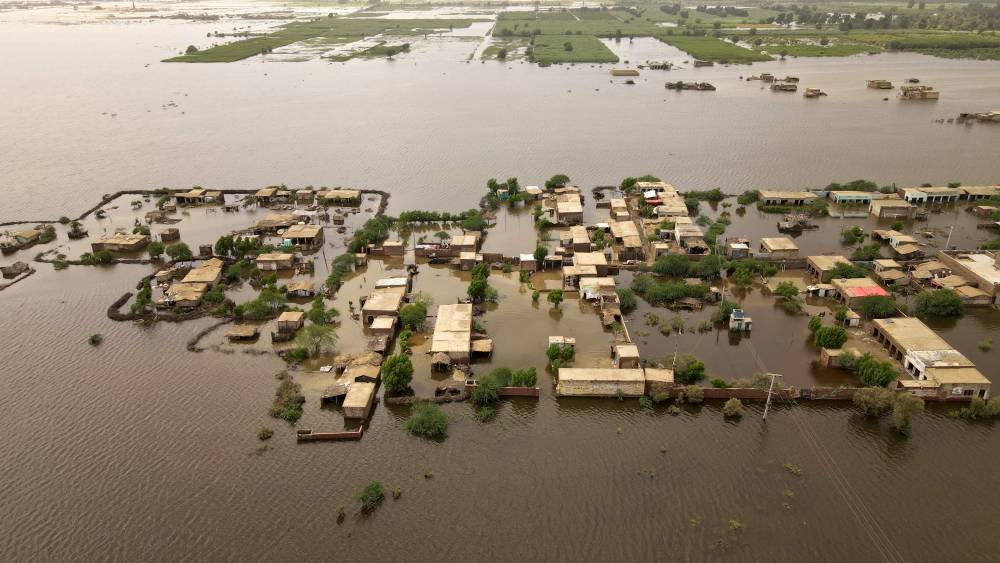
Pakistan Flood 2022 – Is Climate Change a Reason?
From June 2022, heavy rainfall and subsequent riverine, urban, and flash floods have caused an unparalleled climate-induced calamity in Pakistan, resulting in significant human and animal casualties and the destruction of governmental and private property. Rainfall and subsequent landslides and floods have wreaked havoc on farmland and forested areas, negatively harming local ecology.
According to the research conducted by Assignment Help Pakistan, it was the wettest August in Pakistan after 1961, with rainfall estimates at more than three times the average. Sindh and Balochistan, two southern provinces, received seven and eight times their average August rainfall, respectively. In addition to urban outburst flooding and landslides, the extreme rains caused the Indus River, which traverses the nation's course, to overflow its banks over thousands of square kilometers.
Approximately 33 million people were impacted by the rainfall and floods that followed; 1.7 million dwellings were damaged; approximately 1500 individuals were killed. The administration proclaimed a national crisis on August 25. Losses are expected to surpass US$30 billion, with further economic devastation in the months ahead. About 6700 kilometers of road, 269 bridges, and 1460 healthcare facilities were destructed; 18590 educational institutions were affected; about 750 thousand farm animals were killed; and approximately 18,000 square kilometers of farmland were eviscerated, including about 45% of the cotton crop production, among the country's key exports. The continued food shortages caused by the fighting in Ukraine and the summer temperature inversions in the area are made worse by the destruction of agricultural harvests totaling roughly US$2.3 bn.
Pakistan and Global Climate Risk
Despite having minimal carbon emissions, Pakistan ranks eighth on the Global Climate Risk Index as a nation likely to be adversely affected by climate change. Since 1959, the United States has released 21.5% of all greenhouse gases, whereas China has released 16.4% and Pakistan has released just 0.4%.
Pakistan contributed less than one percent to the greenhouse gases emitted from 1952 to 2009, yet the nation's average annual temperature increase over this period was 0.3 degrees Celsius. Extreme heat waves with temperatures over 40°C for extended durations in several regions may be directly attributed to this year's progressive warming trend.
Torrential rains and flash floods were the end consequence in Pakistan. Additionally, the melting of glaciers in the nation's northern areas, which are home to the most glaciers outside of the polar zone, increased the water flow into rivers that feed the Indus. The Indus River flows south to north across Pakistan, providing lifeblood for the country's cities and vast agricultural regions.
High volumes and filthy water inside the Hunza River, which drains into the Indus, were interpreted by climate specialists as evidence of rapid glacier melting. Multiple glacial lakes have broken through their normal ice dams, resulting in widespread and devastating flash floods.
Due to local authorities' passivity and political objectives' impact, Pakistan doesn't have long-term management, environmental measures, suitable water facilities, flood-resilient development plans, and an efficient drainage network.
The Pakistan Meteorological Department issued a flash flood watch in May due to an early onset of the monsoon that would deliver above-average precipitation to the nation. If the administration and concerned parties had listened to PMD's concerns, a streamlined and thorough framework of flood control might have been developed, along with efficient systems for rescue missions and relief disbursement.

